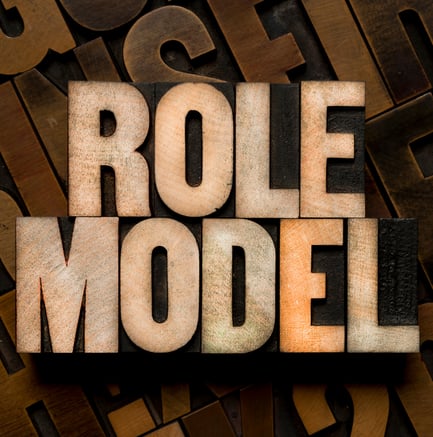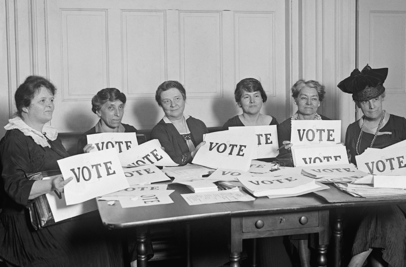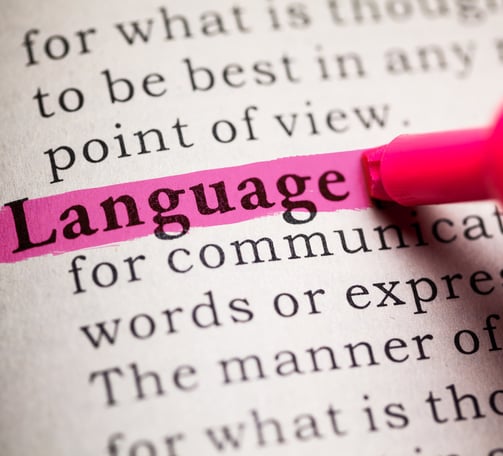International Women's Day
Empowering Minds, Embracing Voices
March 8th marks International Women's Day, a global celebration of women's achievements and a call for gender equality.
For educators of English as a Foreign Language (EFL) students in grades 9 to 12, this presents a unique opportunity to not only teach language skills but also to foster discussions on diversity, inclusion, and empowerment.
In this post, we'll explore different strategies to teach EFL students about International Women's Day, emphasizing key values such as equality, equity, kindness, patience, acceptance, tolerance, and support.


1. Historical Exploration:
Begin by delving into the historical roots of International Women's Day.
Engage students with stories of women who have played pivotal roles throughout history
Discuss the evolution of this day and its significance in promoting gender equality globally.
Encourage students to research and share stories of women who have made a lasting impact.
3. Empowering Women in STEM:
Highlight the achievements of women in Science, Technology, Engineering, and Mathematics (STEM).
Showcase the contributions of female scientists, engineers, and innovators.
Discuss the importance of breaking gender barriers in traditionally male-dominated fields and inspire students to consider diverse career paths.
5. Creative Expression:
Incorporate creative activities such as art, poetry, or drama to allow students to express their thoughts on gender equality.
Create a space for them to share their perspectives through different mediums, promoting understanding and acceptance.
Teaching EFL students about International Women's Day provides a unique opportunity to instill values of diversity, inclusion, equality, and empowerment. By incorporating historical perspectives, literature, STEM achievements, mentorship discussions, creative expression, and language for advocacy, educators can create a rich and engaging learning experience. The journey may require kindness, patience, and support, but the impact on students' understanding of global issues and their role in promoting positive change is immeasurable.
2. Literature and Language Arts Integration:
Integrate literature that showcases strong female characters or highlights gender-related issues. This not only enhances language skills but also opens avenues for discussing societal norms and expectations.
Encourage students to express their opinions on how literature can shape perceptions and challenge stereotypes.
4. Role Models and Mentorship:
Facilitate discussions on the concept of mentorship and the importance of positive role models.
Encourage students to identify women who inspire them and discuss the qualities that make these figures impactful.
Explore the idea of students becoming mentors to others, fostering a supportive and empowering learning environment.


6. Language for Advocacy:
Teach students the language of advocacy.
Equip them with vocabulary and phrases that allow them to express their opinions on gender-related issues. This empowers them not only to communicate effectively but also to become advocates for equality in their communities.


Are you looking for a ready-made resource for your class? Look no further! Here you will find a comprehensive resource pack to engage your students in speaking and writing about IWD.
As a special gift to our readers, we're offering a resource with discussion prompts and a mental health coloring page designed for EFL students. Click FREEBIE to access this valuable resource and enhance your International Women's Day celebration in the classroom.
May this International Women's Day be a celebration of progress, learning, and the collective effort towards a more inclusive and equitable future.










